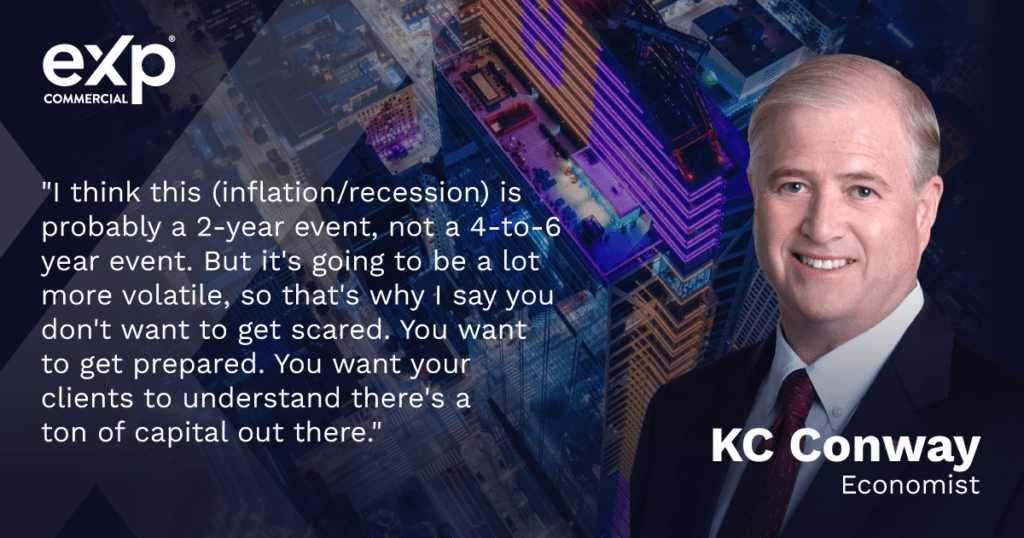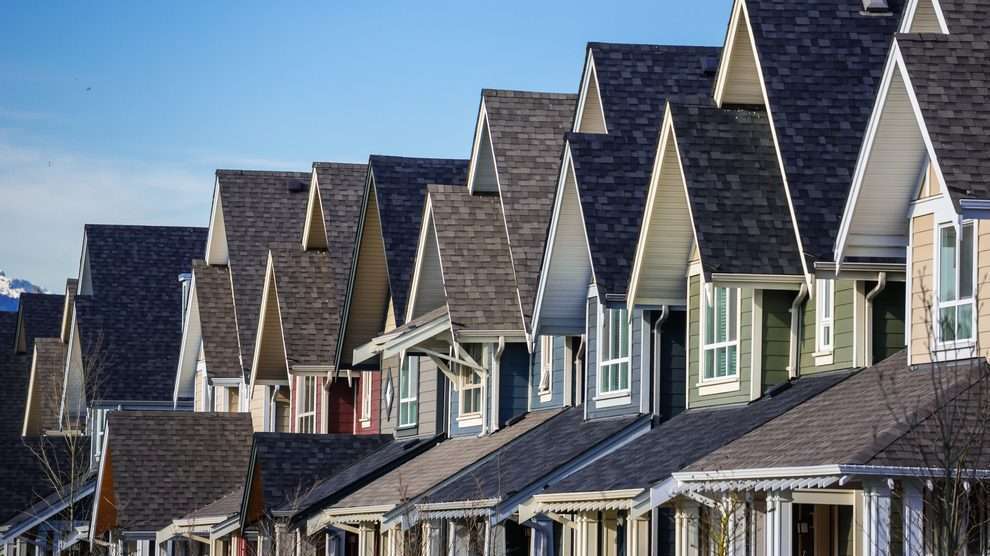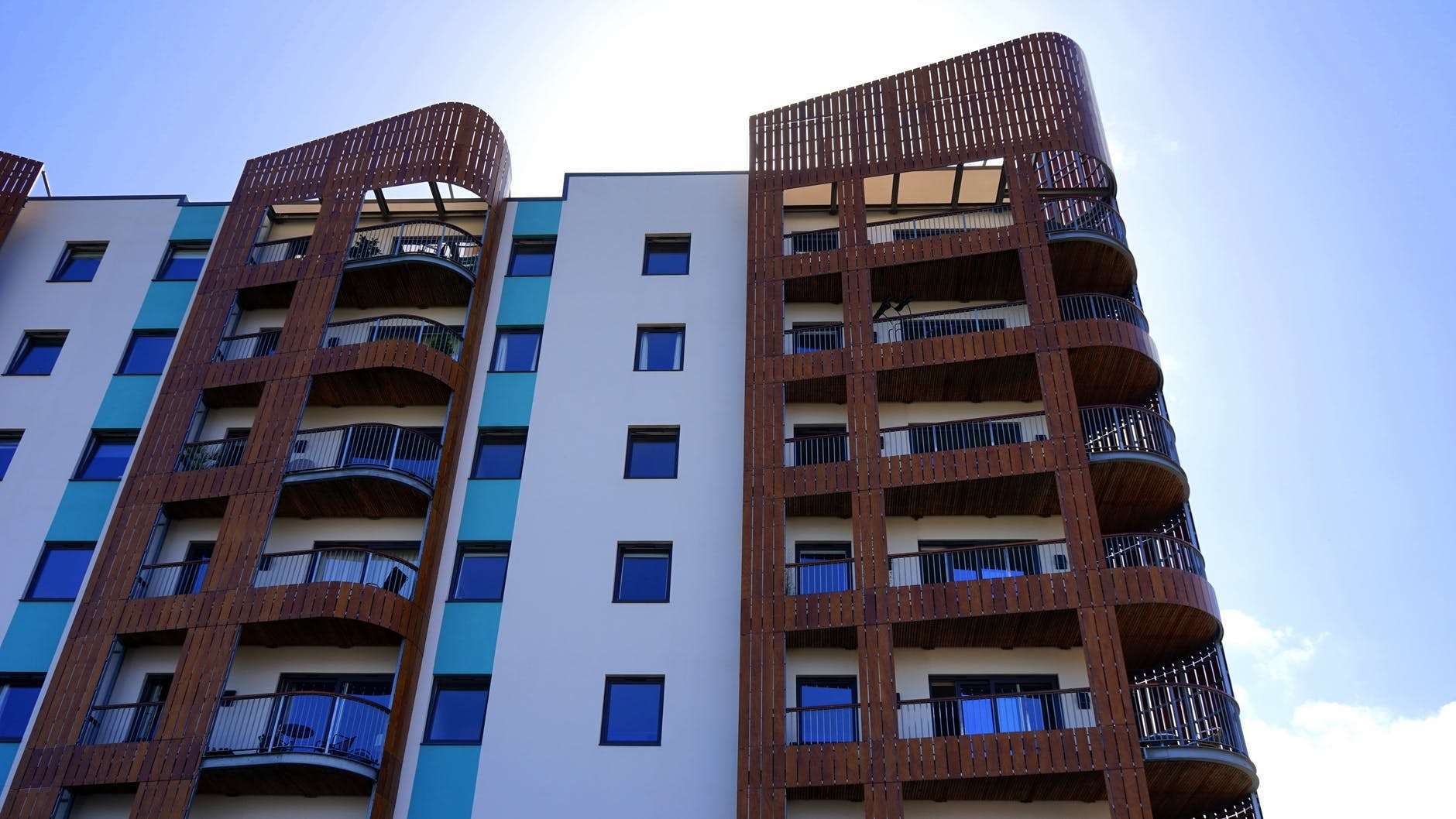
In eXp Commercial’s Real Estate Symposium held earlier in 2022, respected economist and eXp Commercial advisor KC Conway gave an insightful speech on a slew of conditions that are impacting commercial and industrial real estate today and in the future.
Conway is the CRE Chief Economist for the Certified Commercial Investment Member (CCIM) Institute, which specializes in ports, logistics, industrial real estate, adaptive reuse, and property tax. As the founder of Red Shoe Economics, he’s one of America’s most respected futurists and forecasters.
When eXp Commercial named Conway their economic advisor in February 2022, eXp Commercial and its growing division of brokers and ancillary partners benefited from his insight into trends and ability to connect the dots between the complex dynamics that affect industrial and commercial real estate.
“We are at the forefront of the fast-changing commercial real estate landscape and are committed to providing the best resources and training to our agents so they can deliver strong results to clients.” — eXp Commercial President James HuangHere are 9 takeaways by Conway that are the key issues facing the commercial and industrial real estate market:
“Forget 8.9 Percent, Real Inflation Is Over 25%”
“The Flexible CPI is not the one that you do when you’re doing Zumba and yoga. This is one produced by the St. Louis Fed that looks at the repricing of those things that are repriced pretty quickly in our daily lives: Gasoline, energy, food, and groceries. What the current Flexible CPI is telling us is that we have already passed the record that was achieved in the 1980s. We’re over 25 percent … and the reason that’s important to look at is then look at what’s happening with interest rates.’’
“The Federal Reserve Doesn’t Understand That This Inflation Is Supply-Side Driven.”
“We’re not building more homes than we did in 2018 and 2019. We’re not consuming more than we did in 2018 and 2019. We’re paying more. And so it’s a supply issue that there’s not enough of it. The same demand means that the prices go up. This is not an excess demand where suddenly we have 3 million homes being built. We’re still in that 1.2, 1.3 million range of homes being built. The tools the Fed is using essentially demand inflation tools, not supply. That’s raising interest rates and cutting out the balance sheet … which affects demand. It doesn’t solve our supply problem. And the supply problems are only going to get worse, especially when you think about China with 45 of its largest cities that do manufacturing completely locked down because of another outbreak of COVID. And they manufacture about half of what we consume.’’
Accelerating the Supply Chain Is How to Correct This Economy
“The tools that the Fed is using are the wrong tools. Raising rates and pulling back on the balance sheet are inflationary. They are not deflationary. So what’s going to be deflationary is really addressing the supply chain. If we move quickly with Congress and leaders to accelerate that movement of our supply chain, getting more north/south (routes) and using more efficient rail and all that kind of stuff, we could pull ourselves out of this thing much quicker.‘’
Even With Volatility, There’s Plenty of Capital Coming to the U.S. CRE Market
“I think this (inflation/recession) is probably a 2-year event, not a 4-to-6 year event. But it’s going to be a lot more volatile, so that’s why I say you don’t want to get scared. You want to get prepared. You want your clients to understand there’s a ton of capital out there. In fact, more than half the mortgages out there today are not done by the traditional mortgage platforms, they’re done by non-FDIC insured or Fed-regulated entities. “In commercial real estate, we have even more capital. We have international capital coming here. The whole Russia/Ukraine thing is accelerating foreign capital from places like Vietnam and South Korea coming here. So we have a lot of equity capital that can come into our deals. We have a lot of institutional capital that needs a return and think about why commercial real estate is an inflation hedge.”Focus on Population Growth Centers & Commercial Activity
- Look at I-95 from North Carolina to Florida: “The most amount of commercial real estate activity, warehouse logistics, relocation, site selection is along the I-95 corridor from basically just North Carolina, Florida.”
- Look at I-85 from North Carolina to Alabama: “We’ve had announcements from Vietnamese automobile manufacturers, Toyota, Hyundai, Remington Firearms. It’s incredible what’s happening along the I-85 corridor from Greensboro, North Carolina, all the way down to Montgomery, Alabama.”
- Look at the I-10 and I-20 corridors between Arizona and Texas: “These big active interstate corridors are where we’re seeing population, workforce, and commercial real estate activity go. If you’re along those, great. If you’re not, work with your clients to help maybe focus them (because) that’s where the buying or investment opportunity may be.”
Electric Vehicle Charging Stations Bring Value to Your Commercial Real Estate
“We have about 150,000 charging outlets, but we have 275 million cars. And next year we’ll be producing over two million EV cars. Where are they all going to recharge? I go through the Atlanta airport every week. There are about 50,000 parked cars at the airport on any day and all the parking lots and decks. There are only 100 EV Recharging Stations. We have a tremendous mismatch. So when you’re looking at your office buildings and your retail and all those things, look at how you bring in EV Charging, because if we don’t do it, it could be a detriment to your value and your asset.“
High Cost of Materials Will Determine Your Client’s Ability to Move or Build New
“A year ago, we saw construction materials moving up just below 4% year over year. And labor is up 6%. Well, look what happened last fall when we went to 8 to 14%, and now we’re over 16%. Atlanta (25%) and Dallas (22%) have the two highest year-over-year construction cost numbers. So forget San Francisco and New York as the expensive places to build. It’s places like Dallas and Atlanta where Amazon has bought up all the structural steel in America, so nobody else can build anything.’’Be Prepared to Advise Your Clients on Cost Benefits of Lease vs. New Build
“You’re going to see a need for a lot of advisory work between you and your broker as more tenants ask: ‘I want to move into a new space or should I stay put and absorb a bit of a rent increase and just stay put?’ With the cost of moving and rebuilding new space, you might find you (have to tell clients) they can’t even get it done in the timeframe that you have to leave your existing building, and you might find that the costs are greater than a 10 or 20% increase in your rent. So doing that cost benefit analysis for those of you that do property management, leasing is going to be just as important as new construction.eXp Is In a Position of Growth Despite Inflation
“So when consumer confidence goes, when energy costs are up 50% when everything in Flexible CPI is up, these are the warning signs, these are the bellwethers before the Fed moves and before all this other stuff happens that really tell us, we’ve got to get ready, do things like eXp has done. (eXp) is debt-free and is in a position for survivability, a position for growth, and in a position to execute where eXp can outrun inflation.”



